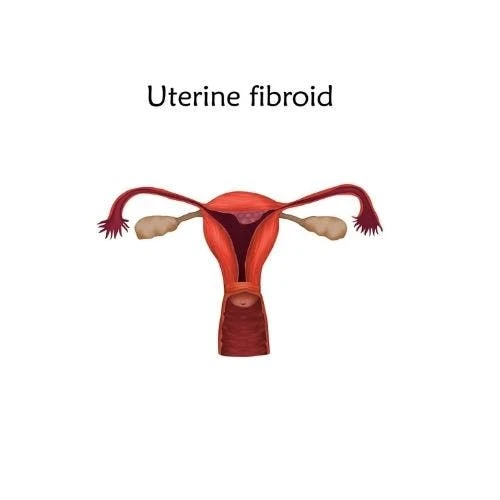The Types of Fibroids You Should Be Aware Of
Fibroids are abnormal growth which develops in or on a women’s uterus. These tumors may sometimes grow large, causing abdominal pain and heavy periods. Other times, they may not come with any signs or symptoms at all.
Fibroid growths are usually benign or noncancerous, with the cause unknown. They are also known as myomas, fibromas, leiomyomas, or uterine myomas. Up to 80% of women may experience this by the turn they turn 50 years old, with most of them now having any symptoms, thus not knowing they have it.
There are even different types of fibroids one must be aware of. So read on to find out what fibroid types are there.
The Types of Fibroids
There are four types of fibroids, with each type developed depending on the location in or on one’s uterus.
· Intramural fibroids are the most common type, appearing within the uterus’ muscular wall. They might grow larger, stretching the womb.
· Subserosal fibroids would form outside the uterus, which is known as the serosa. They might grow big enough to the point your womb appears larger on one side.
· Pedunculated fibroids are subserosal tumors that develop stems, which is a slender base supporting the tumor.
· Submucosal fibroids are tumors that develop in one’s middle muscle layer, called the myometrium, of the uterus. However, these aren’t as common compared to the other types mentioned.
Causes of Fibroids
While the causes of fibroid development are unknown, several factors may influence its formation, such as:
Hormones produced by the ovaries, estrogen, and progesterone, would cause your uterine lining to regenerate every menstrual cycle. This may stimulate fibroid growth.
Fibroids might run in your family, especially if your grandmother, mother, or sister has this condition.
Pregnancy will increase the production of estrogen and progesterone in the body, which is why fibroids might develop and grow rapidly during this time.
· Pregnant women
· Those with a family history of fibroids
· Women over 30 years old
· African American women
Related: Is My Vagina Normal? Plus A Female Anatomy Chart
· Those with a higher body weight
The Symptoms of Fibroids
The symptoms experienced depend on how many tumors one has, as well as their size and location.
For example, submucosal fibroids would cause heavy menstrual bleeding, with women having issues conceiving. For very small tumors or women going through menopause, you might not experience any symptoms, as fibroids would shrink during and after the stage. Women who experience menopause will experience a drop in their hormone levels, which are the ones that stimulate fibroid growth.
Besides this, here are a few common symptoms of fibroids:
· Menstruation lasts longer than what you’re used to, or heavy bleeding during your periods, including blood clots
· Pain in the lower back or pelvis
· Increased menstrual cramping
· Frequent urination
· Pain during intercourse
· Feeling fullness or pressure in the lower abdomen
· Feeling an enlargement or swelling in the abdomen
If you experience any of these symptoms, do have it checked by your gynecologist, who will perform a pelvic exam. Your doctor may also have you go through other tests, such as an ultrasound or pelvic MRI.
Fortunately, there are medications and home remedies you can follow to help with the symptoms.
Wrapping It Up
I hope that this article helped you learn more about the types of fibroids and what the condition is. Do become more acquainted with similar conditions so you know when you need to see a doctor to get checked.
Stay healthy! If you have any questions or want to share your knowledge on fibroids, share them in the comments section below. All your thoughts are much appreciated.
We discuss products we think are useful to people. If you buy something through our links, we may earn a commission. Remember to check with your personal physician to see if a product recommended is right for you.








